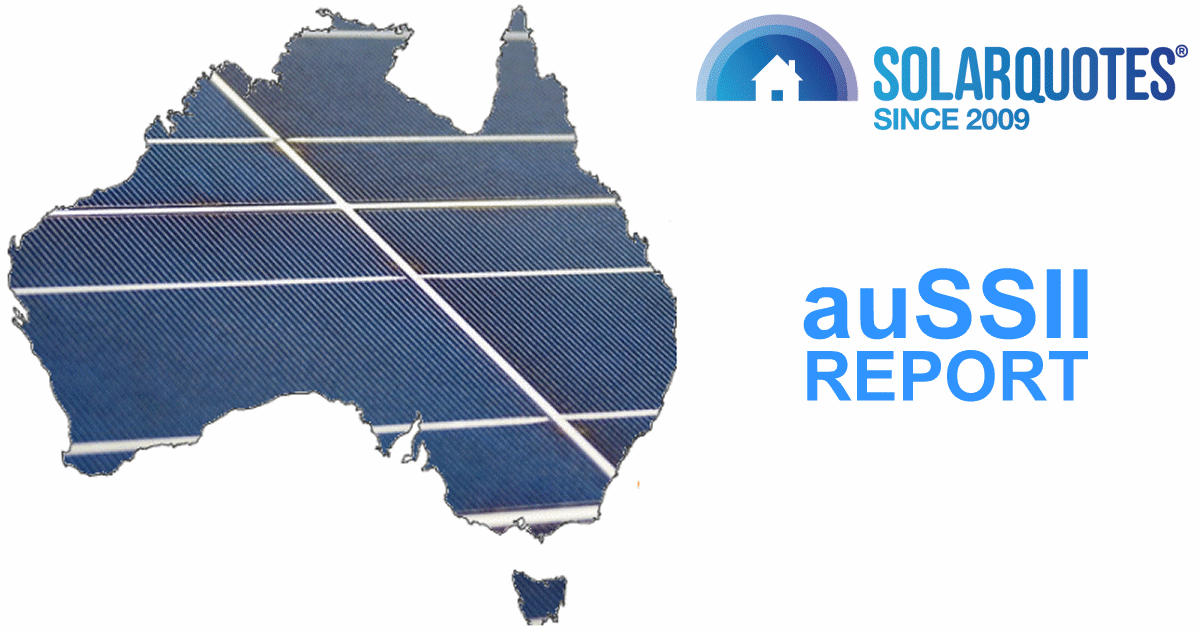
What were Australians wanting when considering buying a solar power system last month? Find out in the latest auSSII report.
Solar System Capacity Selection
Where a desired system size was already known, 85% of Australians using SQ’s solar quote service were after pricing and details on systems 6kW capacity and higher – up on January’s 83%. Less than 2% were interested in a 3kW system, and there was around the same level of interest for 4kW.
Solar Purchase Timeframe
21% were ready to buy a solar power system immediately, down from 23% in January. While the desire to get solar right now dropped off a little, the vast majority still want to have panels installed quite soon. In February, 96% were considering a PV system purchase within 3 months, compared to 97% in January.
Quality vs. Cost Priorities
In February, 11% of enquiries expressed interest in a “top quality” (most expensive) solar system, backing off from a little under 12% in January and generally around 12% before that. Interest in a system that offered a good mix of quality and cost was around 81% (80% in January) and a good quality budget system was nudging towards 8%, same as January.
Microinverters/Power Optimisers
Around 12% of those using SQ’s service were interested in learning more about optimisers and microinverters in February. While adding to system cost, these devices – forms of Panel Level Optimisation (PLO) – can be particularly beneficial in some installation scenarios.
Advanced Solar Monitoring Option
Interest in advanced solar monitoring – another very useful option – crept up again in February; with 43% interested in learning more about it. In January, the level of interest was 41%, and in December, 39%.
Battery Ready Solar Systems
Installing battery storage may not be desired immediately, but indicating it could be integrated down the track can help with system design. But essentially, any existing solar power system is battery compatible. Interest in battery-ready systems was again around 5% in February.
Concurrent Solar + Battery Installation
Interest during February in having a battery installed at the same time as solar panels dropped back a little from January’s 15% to just under 14%. It was still far greater than early last year when it sat at 6% in both January and February 2020.
Given the cost of solar batteries is still very high, it’s a decision that needs to be carefully weighed against priorities. If the main priority is to save money, then solar-only continues to provide the best bang for buck. You can see this for yourself using SQ’s solar and battery calculator, which will show the savings from the two aspects separately.
Battery Storage Capacity Preference
Where a battery capacity choice was already in mind for a concurrent solar + battery installation, here’s what people were wanting.
- 1 – 5 kWh: ~13.5% (January ~16%, December ~14%)
- 5 – 10 kWh: ~51% (January ~51%, December ~51%)
- 10 kWh +: ~35% (January ~33%, December ~36%)
… so a bit more of a shift again from small to large energy storage systems. As usual, a large proportion of those using SQ’s services wanted advice on battery sizing (around 58%).
Intended Primary Battery Use
February saw a whisker over 6% indicating backup would be the primary use of a battery (6% in January). Close to 39% were primarily interested in minimising grid electricity consumption (42% in January), and 54% for both backup and minimising grid electricity use (52% in January).
Electricity Bill Costs
Where electricity bill amounts were known prior installing solar, close to 49% were paying between $500 and $1,000 per quarter on average (48% in January and 47% in December). Approximately 11% were facing electricity bills of more than $1,000 a quarter, which was around the same as January. 7% weren’t sure what they were paying (8% in January).
While the figures above relate to electricity bills before solar panels are installed, on a related note system owners might want to check out our newly relaunched tool for comparing electricity plans to help identify the best deal. Just note though that VIC postcodes are yet to be included in the tool. Some electricity retailers are far more solar-friendly than others!
About The SolarQuotes auSSII Report
Australians submit their details to us for up to three solar quotes matched to their requirements from carefully pre-vetted solar businesses we trust. It’s these submissions that provide the information the auSSII report is based on.
Solar Sales Leads That Convert Since 2009
SolarQuotes has consistently provided quality sales leads to companies that care about their customers for more than a decade. Discover how your solar business can benefit from our leads.
Republishing auSSII Content
If you wish to use information from any auSSII report on your website, you’ll need to attribute it to SolarQuotes and the page it was sourced from.

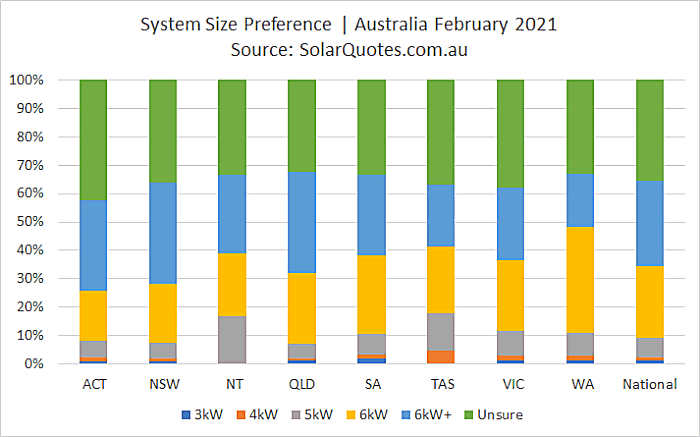
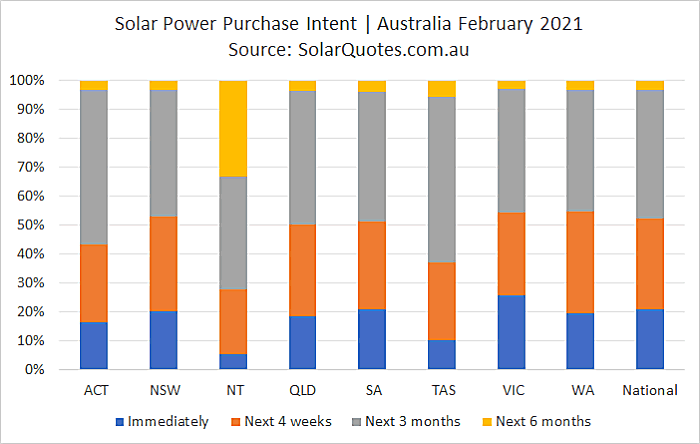
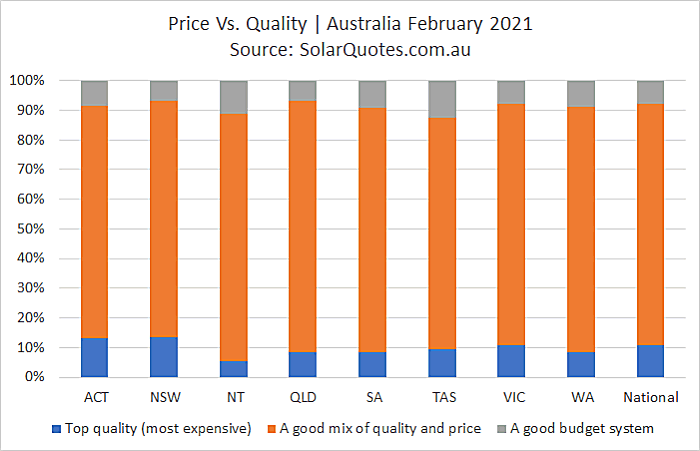
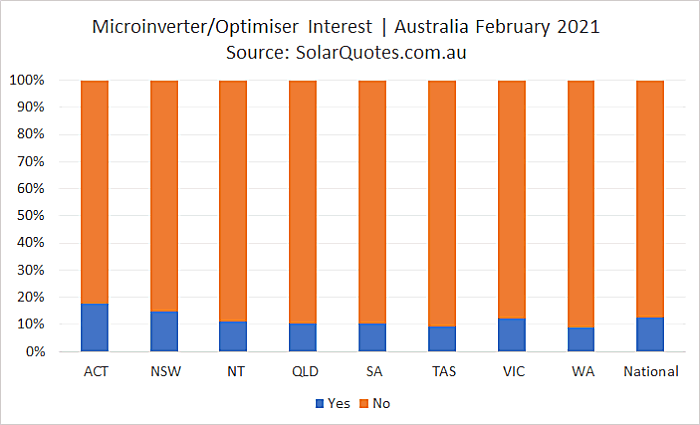
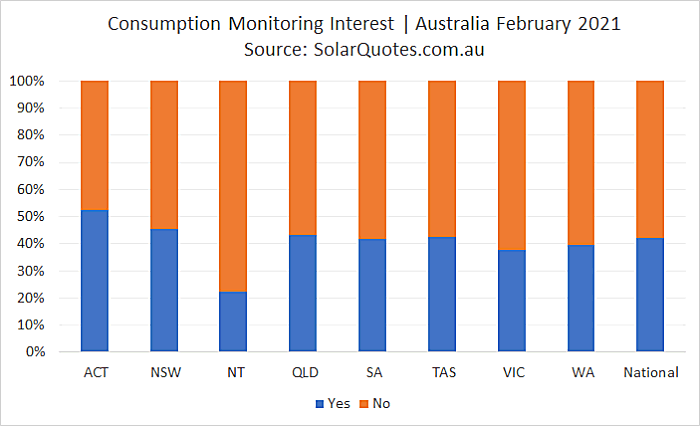
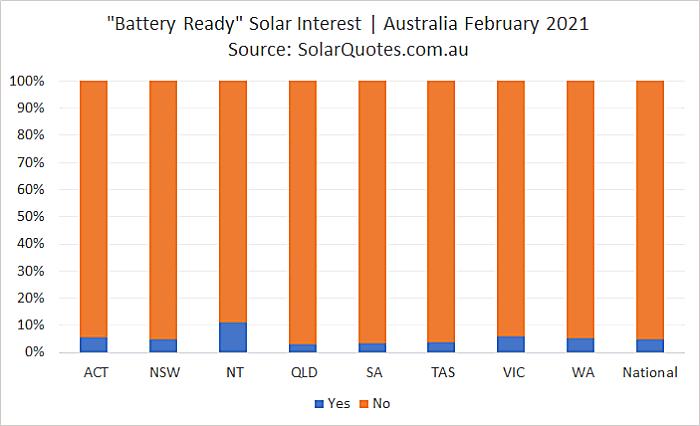
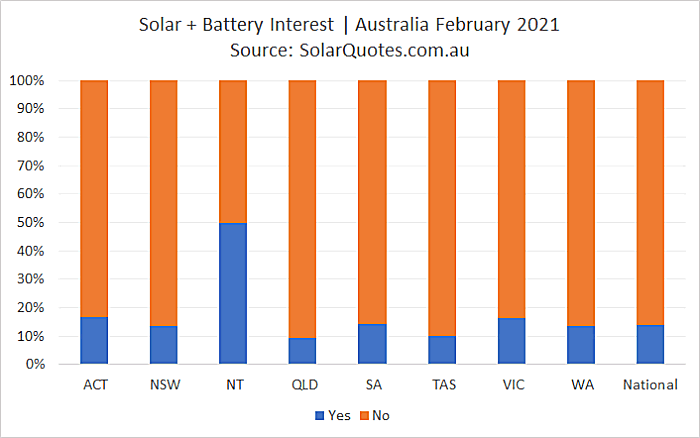
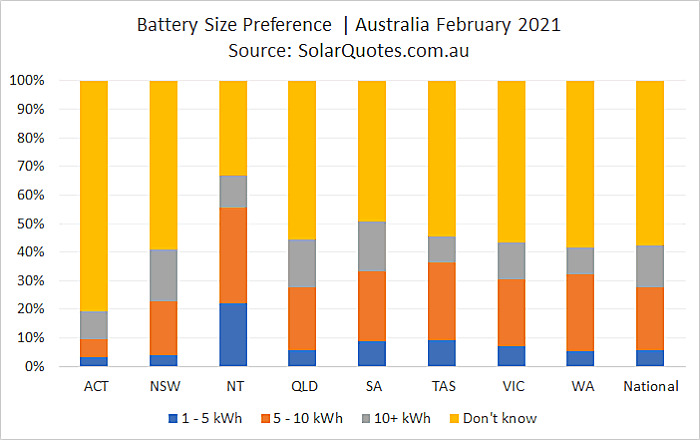
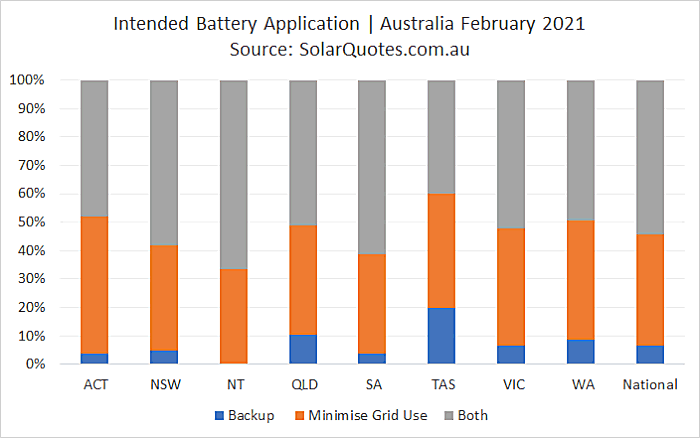
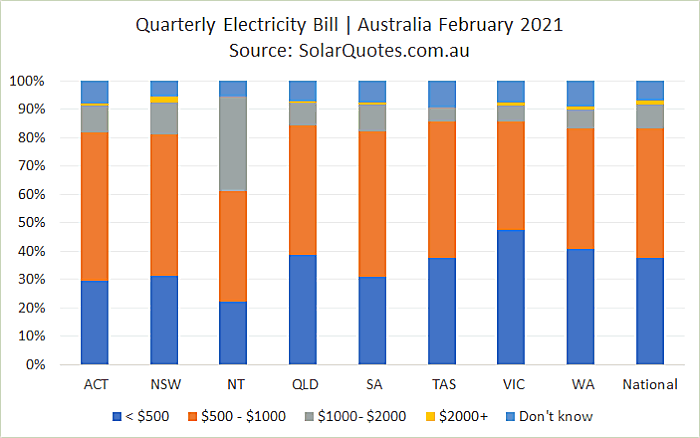
 RSS - Posts
RSS - Posts



Speak Your Mind